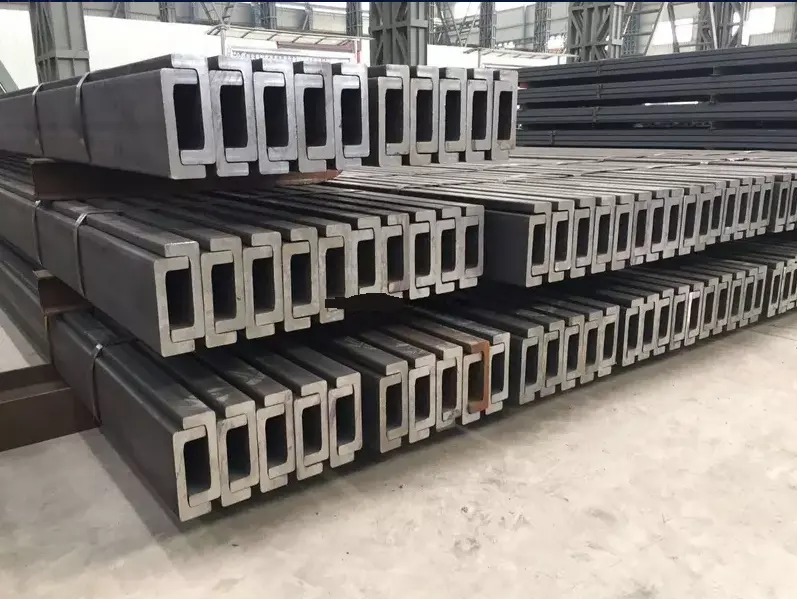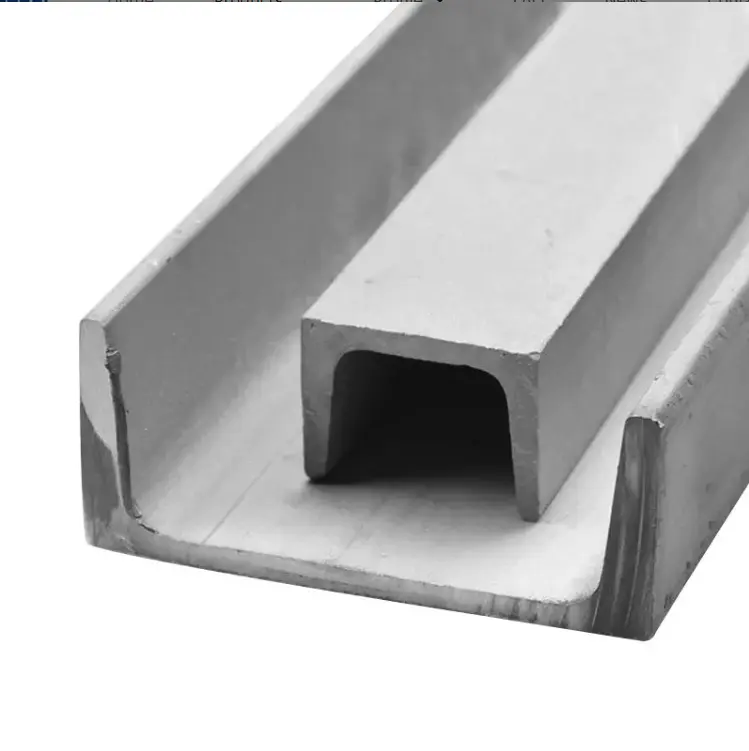Structural Metal [ Channel Steel for Construction
Steel beams are strong because of their chemical composition, their manufacturing process, and the shape of the beam. teel is an alloy of iron and carbon, and the amount of carbon in the steel determines its strength. Steel with a higher carbon content is stronger, but it is also more brittle. Steel beams are typically made with a low carbon content, which gives them a good balance of strength and ductility.
- Durability & longevity
- OEM Support
- Eco friendliness
Get steel building design help
Please tell us the overall layout plan and parameter dimensions information of the steel building you want to construct.
Steel Beam - U-Section
Steel beams are made out of structural steel, an alloy made of iron and carbon. What distinguishes structural steel from regular steel?
The carbon content in steel is too high (0.30% to 0.60%) to be considered structural steel, so it is reduced until the carbon content reaches between 0.05% and 0.25%.This percentage of carbon is the “sweet spot,” providing structural steel with high strength.
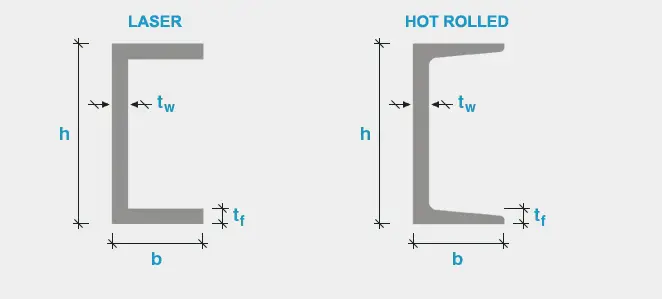
Steel beams and joists are structural elements used in construction to support floors, roofs, and other loads. Steel beams are long, slender members that carry tension and compression forces, while joists are shorter, thicker members that carry bending forces.
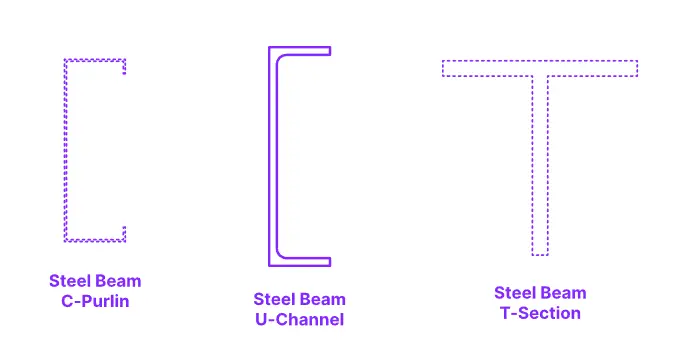
selecting the right structural element is crucial to the success and durability of your build. Two popular choices are steel U channels and I beams. Each has distinct advantages and applications.
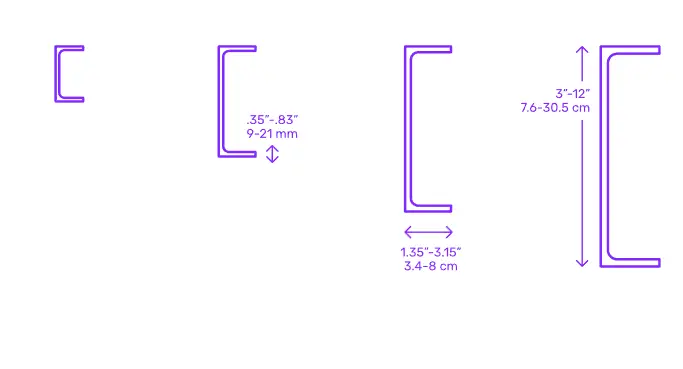
U-Channel Steel Beams are available in a range of sizes with widths between 1.35”-3.15” (3.4-8 cm), depths from 3”-12” (7.6-30.5 cm), and thicknesses between .12”-.4” (3-10 mm). U-Channel Steel Beams are available in typical lengths between 4’-20’ (1.22-6.1 m).
Details
U-Channel Steel Beams are available in a range of sizes with widths between 1.35”-3.15” (3.4-8 cm), depths from 3”-12” (7.6-30.5 cm), and thicknesses between .12”-.4” (3-10 mm). U-Channel Steel Beams are available in typical lengths between 4’-20’ (1.22-6.1 m).

Width: 1.35”-3.15” | 3.4-8 cm

Depth:3”-12” | 7.6-30.5 cm

Length: 4’-20’ | 1.22-6.1 m
How much do structural warehouses cost?
Prices are affected by different customization needs and may fluctuate considerably. See the article on steel warehouse costs for more details. Get professional advice. Or, you can also directly consult with jinxiuhongcheng’s engineers to get an accurate quote!
Common price factors can be referred to, to facilitate to help you make a preliminary price estimate.
Building size: the larger the scale of your warehouse, the higher the cost of this building.
Degree of customization: the higher the need for customization of your warehouse. Then the building will need to use more materials. Then the corresponding price will be higher.
Building codes: Some areas have specific codes for steel buildings. You may need to pay extra to get the relevant license. But don’t worry, our team is familiar with the building codes of different countries. We can assist you in this task.
Foundation: Foundation construction is also a consideration. Usually we provide concrete foundations.
Transportation as well as Installation: Depending on the requirements of different construction companies. Transportation and installation is also a cost that needs to be considered.Therefore when determining the total cost of the warehouse. Be sure to confirm clearly with the steel structure contractors such as jinxiuhongcheng. To avoid contractual disputes.
FAQ
What are the long-term benefits of investing in a steel industrial building?
Steel industrial buildings are durable. They have low maintenance costs and use less energy. This ensures long-term savings and value.
Can steel buildings be customized for any industrial application?
Yes, steel buildings are highly adaptable to many industrial needs. They allow for customization in size, layout, and specific functions. This lets them suit diverse operational needs.
How do steel buildings contribute to sustainability?
Steel buildings are eco-friendly. They are mostly made from recycled materials. They are 100% recyclable. This reduces the overall ecological footprint.


